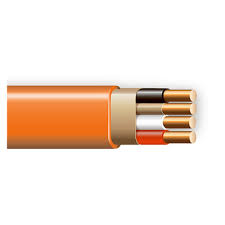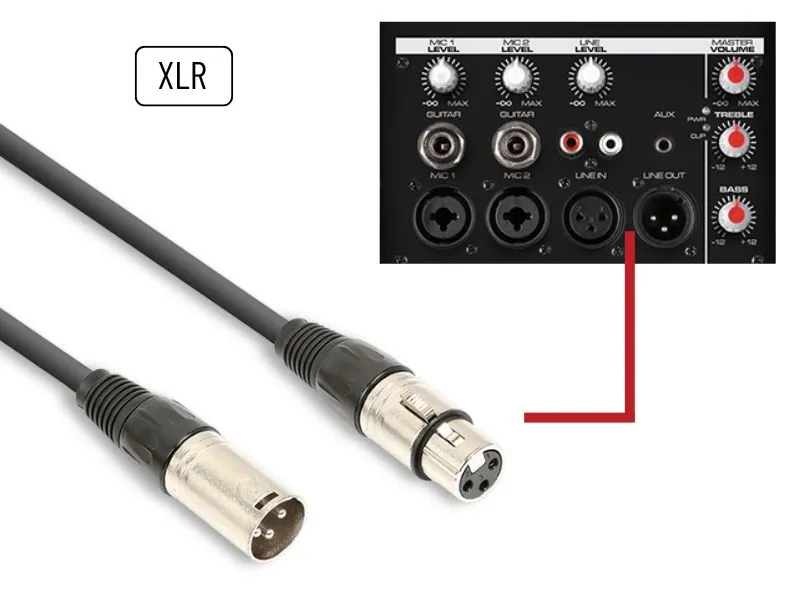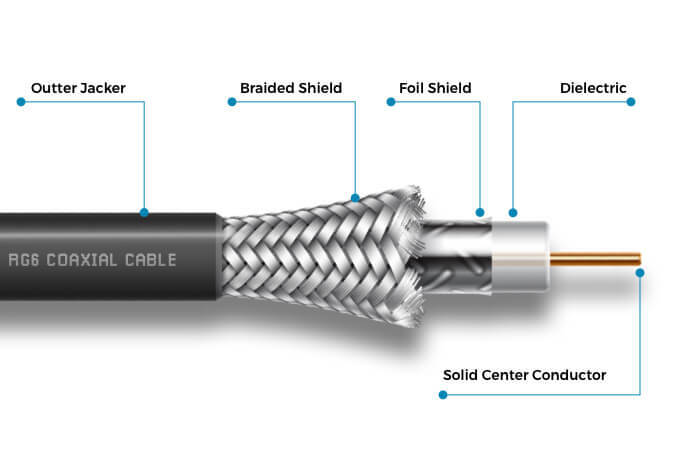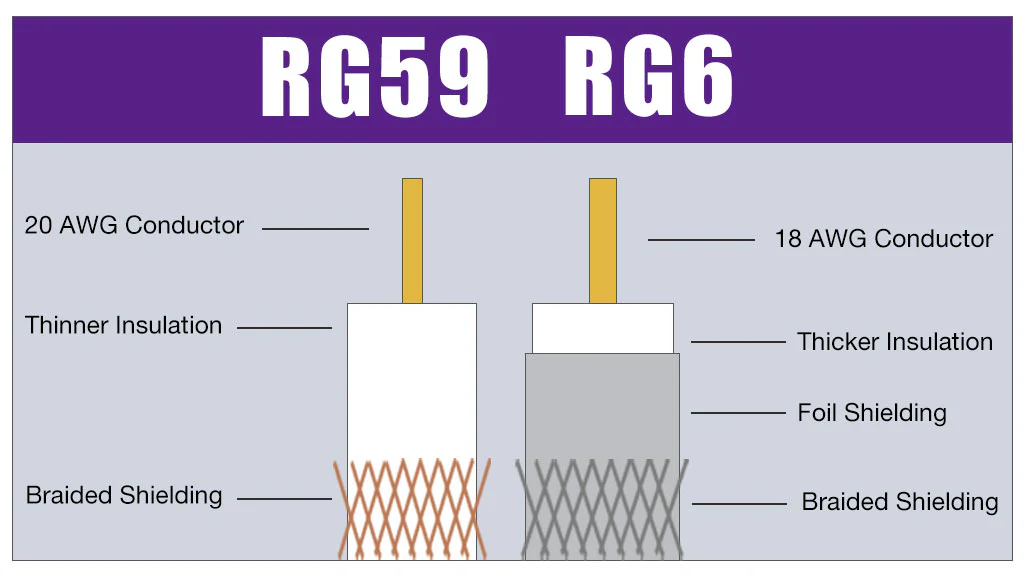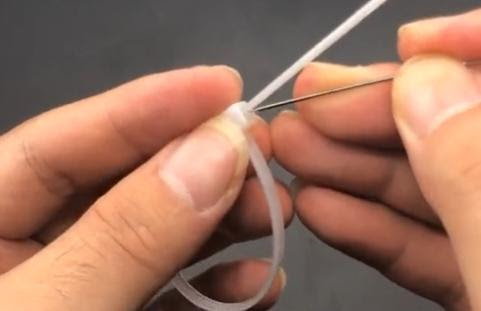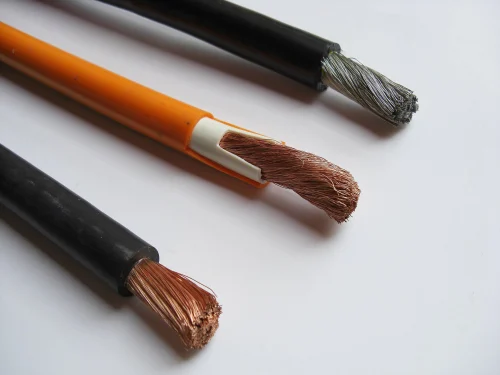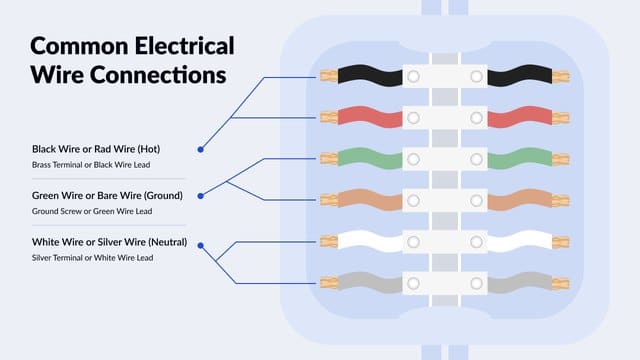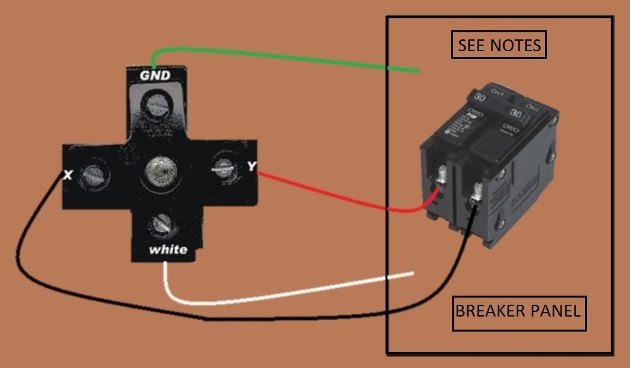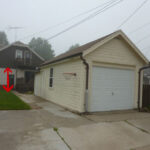- Home
- Products
Power Cables
- Low Voltage Cables - LV
- ——Low Voltage Non-armored Copper Power Cable
- ——Low Voltage Non-armoured Aluminum Power Cable
- ——Low Voltage Steel Tape Armoured Power Cable
- Medium Voltage Cables - MV
- ——Medium Voltage Armored Power Cable
- ——Medium Voltage Non-armored Power Cable
- High Voltage Cables-HV
- Steel Wire Armored Cable (SWA Cable)
- ——Single Core AWA Armoured Cable
- ——2 Core SWA Armoured Cable
- ——3 Core SWA Armoured Cable
- ——4 Core SWA Armoured Cable
- ——5 Core SWA Armoured Cable
- ——SWA Armoured Cable Specifications
- XLPE Insulated Power Cables
- ——XLPE Insulated Single Core Copper Cable
- ——XLPE Insulated 2 Core Copper Cable
- ——XLPE Insulated 3 Core Copper Cable
- ——XLPE Insulated 4 Core Copper Cable
- ——XLPE Insulated 5 Core Copper Cable
- ——XLPE Insulated 3+1 Core Copper Cable
- ——XLPE Insulated 3+2 Core Copper Cable
- Mineral Insulated Cables
- TPS Cable
Renewable Energy Cables
Control & Signal Cables
- Control Cable
- Instrumentation Cable Supplier & Manufacturer
- High-Performance Coaxial Cable Supplier
- VFD Cable
Installation & Building Wire
- Premium Electrical Wire & Cable Supplier
- MC Cable
- NM-B (Non-Metallic Sheathed) Copper Wire
- UF-B Wire
- MTW Wire
Special Cables
- 4/0 Type W Cable – Heavy Duty Portable Power Solutions
- Trunk Trailer ABS Cable
- SO Cable
- Low Smoke Halogen Free Fire Resistant Cable
- Copper Ground Rods
- Copper Clad Steel Antenna Wire
- Marine Power Cords
- Extra High Voltage (EHV) Submarine Power Cables
- Submersible Pump Wire
- Floating cable
- High Temperature Wire
- EV Automotive High Voltage Silicone Rubber Cable
- Braided Stainless Steel Cable
- LC to LC Fiber Patch Cables
- Your Go-To Flexible Cable Supplier & Manufacturer
- Drag Chain Cables
- Silicone Rubber Low Temperature Resistant Cable
Overhead & Aerial Cables
- AAC Conductor
- Aerial Bundled Cable (ABC Cable) Supplier & Manufacturer
- ——NFC 33-209 ABC Cable
- ——0.6/1kV Aerial Bundle Cable
- ——Medium Voltage ABC Cable
- ——Tree Wire Spacer Cable
- ——Aluminum URD Cable
- ——Aluminum XHHW SER SEU RHH RHW-2 XLP USE-2
- Aerial Insulation Line (AIL)
- Bare Stranded Conductors Manufacturer & Supplier
- ——ACSR Conductor
- ——AAAC Conductors
- ——ACAR Conductor
- ——Bare Copper Stranded Conductor
- ——CCS Conductor
- ——ACS Condutcor
- ——Guy Wire
- Overhead Service Drop Cable / Overhead Service Wire
- ——Weatherproof Covered Line Wire
- ——Duplex Overhead Service Drop Cable
- ——Triplex Overhead Service Drop Cable
- ——Quadruplex Overhead Service Drop Cable
- Concentric Service Cable – Reliable Power Distribution Solutions
- ——Aluminum Concentric Service Cable
- ——Copper Concentric Service Cable
- ——Concentric Service Cable with Communication Pilot
- Telephone Drop Cable for Reliable Voice & Data Transmission
- ——PVC Parallel Drop Wires
- ——PE Parallel Drop Wires
- About us
- News
- Contact us
News
Stay updated with the newest developments, industry trends, and expert knowledge about various types of wires and cables. Explore our news section for valuable information and insights.
- Home
- News
What Use Is NM Cable Suitable For? A Practical Guide for Installers & Buyers
Learn what NM cable is used for, its common applications, and why it’s a preferred choice in residential electrical wiring. Ideal for electricians and bulk cable buyers.
Read moreWhat Are XLR Cables Used For? A Complete Guide for Buyers & Installers
Discover what XLR cables are used for, their benefits, and how to choose the right one for your audio, stage, or broadcast application. Ideal for installers and bulk buyers.
Read moreWhat Is RG6 Coax Cable Used For: Complete Applications Guide
RG6 coaxial cable is one of the most versatile and widely used cables in modern telecommunications and entertainment systems. Understanding its applications can help you determine if it's the right choice for your project and ensure optimal performance for your specific needs.
Read moreRG59 vs RG6: The Complete Guide to Choosing the Right Coaxial Cable
When setting up cable TV, internet, or security camera systems, choosing the right coaxial cable can make a significant difference in signal quality and performance. Two of the most common types you'll encounter are RG59 and RG6 cables. Understanding their differences will help you make an informed decision for your specific needs.
Read moreCable Ties: How to Undo Them Without Cutting
Cable ties (also called zip ties) are one of the simplest and most effective ways to manage wires, cables, and bundles. But once they’re locked in place, many people assume the only way to remove them is by cutting — not true!In this article, we’ll show you how to undo cable ties without damaging them, so you can reuse them when needed.
Read moreWhy Is Copper Better Than Aluminum for Welding Cables?
When it comes to choosing welding cables, one of the most important decisions is selecting the right conductor material: copper or aluminum. While both metals are used in electrical applications, copper is widely considered the better choice for welding cables — and for good reason.In this article, we’ll explain why copper is better than aluminum for welding cables, covering conductivity, flexibility, durability, safety, and more.
Read moreWhy Is My Ethernet Cable Blinking Orange? What It Means & What to Do
If you've noticed that your Ethernet cable is blinking orange, you're not alone. Many users wonder what that orange or amber light on their Ethernet port means — and whether it's a sign of a problem.In this guide, we'll explain what the blinking orange light indicates, how to troubleshoot it, and when it might be time to replace your Ethernet cable.
Read moreWhy Do Cats Chew Cables? Understanding the Behavior and How to Protect Your Wires
If you’re a cat owner, you’ve probably experienced the frustration of finding chewed-up cables behind your TV, under your desk, or near your router. But why do cats chew cables, and more importantly, how can you protect your wires — and your pet?
Read moreWhat Color Wires Are Hot? A Simple Guide to Electrical Wire Color Codes
Black wires are typically used for hot wires, white wires for neutral, and green or bare wires for ground.
Read moreWhat Size Wire for Dryer? A Simple Guide for Safe Installation
Choosing the correct dryer wire size isn’t just about performance—it’s also about safety and compliance with electrical codes. In this guide, we’ll walk you through the basics of wire sizing for both electric and gas dryers, and help you avoid costly or dangerous mistakes.
Read more- Low Voltage Cables – LV
- Medium Voltage Cables – MV
- High Voltage Cables-HV
- Steel Wire Armored Cable (SWA Cable)
- XLPE Insulated Power Cables
- Mineral Insulated Cable (MICC/MI Cable)
- TPS Cable
- Control Cable
- Instrumentation Cable
- Coaxial Cable
- VFD Cable
- Computer Cable
- Electrical Wire
- MC Cable
- NM-B (Non-Metallic Sheathed) Copper Wire
- UF-B Underground Feeder Cable
- MTW Wire
- Prefabricated branch cables
- 4/0 Type W Cable
- Trunk Trailer ABS Cable
- SO Cable
- LSZH Cable
- Copper Ground Rods
- Copper Clad Steel Antenna Wire
- High Temperature Wire
- EV Automotive High Voltage Silicone Rubber Cable
- Submersible Pump Wire
- Floating cable
- LC to LC Fiber Patch Cables
- Flexible Cable
- Drag Chain Cables
- Silicone Rubber Low Temperature Resistant Cable
- All-Aluminum Conductors for Overhead Power Lines
- Aerial Bundled Cable (ABC Cable)
- Aerial Insulation Line (AIL)
- Bare Stranded Conductors
- Wind Farm Cables
- Overhead Service Drop Cable
- Concentric Service Cable
- Telephone Drop Cable
- Solar PV Cable
Recent Posts

